Fire Hydrant Pose: Hip Technique
Stability & Mobility Unleashed
hip mobility
FIRE HYDRANT POSE: HIP TECHNIQUE
Part of the equation for improved function and mobility of the hips is building and creating strength, but first you have to understand how to actually do so. It’s not just about knowing which postures to include in your physical yoga practice; it’s really about the execution. Understanding how to implement specific anatomical techniques will help you go beyond what you may believe your body is capable of. This Fire Hydrant Pose hip technique is the perfect example of how to more fully understand your body and know exactly how to unleash stability and mobility in your hips.
HIP MOBILITY
October 2022 Immersion
- Strengthen and lengthen your hips
- Increase active and passive range of motion
- Learn anatomical techniques to improve functionality
- Access a wider range of seated postures and hip openers
- 12 Classes: All levels appropriate
- Lifetime unlimited access to all
- Attend the livestream OR practice the replays any time that’s convenient for you
$148.00
HIP ABDUCTION
There are 4 main muscles that work together to create hip abduction, which is what creates the shape of Fire Hydrant Pose. These muscles are the tensor fasciae latae (TFL) and the gluteus maximus, medius, and minimus. It’s not as simple as just lifting your leg away from your midline. Lateral rotation of the hip also plays a significant role in unlocking the strength that creates increased stability and mobility in the hips. In order to more deeply grasp this, we must understand a few things.
In the posture itself, we maximize its benefits by executing specific articulations. Knowing the anatomy is extremely helpful because you get a better mental picture of what is happening as you are engaging in these movements/articulations. This strengthens the neuromuscular connection.
WATCH THE VIDEO: FIRE HYDRANT POSE: HIP TECHNIQUE
CONCENTRIC VS. ISOMETRIC CONTRACTION
The action of lifting one leg out to the side (abduction) in Fire Hydrant Pose creates a concentric contraction in the glute muscles. A concentric contraction causes muscles to shorten through movement. In a different way, this is also happening in the standing leg: In this case, it’s the lateral tilt of the pelvis. Although the standing leg is fixed, in order to get a greater range of motion in the lifted leg, the “hugging in” of the hip of the standing leg also creates a shortening of the glute muscles. Once you are fixed in your variation of the posture, maintaining the contractions/activations without movement is what creates an isometric contraction. This sets the foundation for stability, but how can you take it to the next level?
HIP STABILITY
The gluteus maximus and TFL attach to the iliotibial band, and when they co-activate, they help to abduct the hip joint. This doesn’t discount the other muscles that contribute here; glute medius and minimus also play a major role. These muscles are known as the abductor group, but they also stabilize the pelvis. For stability to occur, there must be an equal or balanced amount of co-activation from the muscles that surround the hip.
You’ll see in today’s video the specific anatomical techniques and articulations that Matt takes you through so as to take this experience to the next level.
FIRE HYDRANT POSE PREPARATION
Here are the steps:
- Bend your knees like in Chair Pose and place your hands on your right knee
- Hips go back, and bum tilts up
- Left foot out to the side, turning thigh bone in (internal rotation)
- Keep internal rotation and lift up through the heel (more concentric contraction is occurring to lift the left leg; once static, you are in isometric contraction)
- Meanwhile, squeeze right hip in (the abductors of the right hip are activating to allow the pelvis to open up)
It’s the internal rotation that helps to activate the TFL. When your upper thigh bone is internally rotated, you can more easily lift through your heels. This is how to execute the co-activation that’s so important in creating more integrity and health in your hip joint. You’re now recruiting more muscle groups that surround the hip in order to create more stability. Increased hip stability (along with flexibility) establishes increased hip mobility.
ANATOMY IN MOTION
APRIL 2022 Immersion
- Embody anatomy
- Learn key muscles, bones, and joints
- Visualize your movements internally
- Improve proprioception
- Sensation-based practices
- Unlock and strengthen major muscle groups
- Active, passive, and isometric stretching
- Improve mobility and stability
- Get VERY geeky
$168.00
HIP MOBILITY
This Fire Hydrant Pose hip technique gives you an opportunity to flex your “hip mobility muscles.” Mobility is the ability to find better range in the joint with more control and strength, and these techniques provide just that. Better hip mobility means better function in your everyday life. In the context of your yoga practice, this means greater confidence on your mat during transitions and the execution of specific postures.
In Matt’s Hip Mobility immersion, you’ll come away with a better understanding of your hips and of what you need to focus on specifically in your yoga practice to take you to new heights.
See you on the mat!
The 200 Hr. Teacher Training: Click Here to See the Next Start Date
The 300 Hr. Advanced Teacher Training: Click Here to See the Next Start Date
Article by Trish Curling
Video Extracted From: Anatomy In Motion Immersion
CHOOSE YOUR PATH
Continue Learning
Reinvent Revolved Triangle
Reinvent Revolved TriangleTRIKONASANAREINVENT REVOLVED TRIANGLE “Now twist!” Sounds easy enough—until we realize the complexity hidden within the cue. Revolved Triangle is far more than just a twist. It’s a balance challenge, a hamstring and IT band stretch, a spinal...
Urdhva Dhanurasana Unknowns
Urdhva Dhanurasana UnknownsALIGNMENTURDHVA DHANURASANA UNKNOWNS Let’s take a pause from what we think we know about Wheel Pose and consider the Urdhva Dhanurasana unknowns. Often, we hear the cue, “Just press up into Wheel,” and we do—without questioning the subtle...
Redefine Chaturanga
Redefine ChaturangaALIGNMENTREDEFINE CHATURANGA To redefine Chaturanga, we first have to be willing to challenge what we think we already know. Many of us were taught a narrow-hand, elbows-tight variation of the pose—elbows hugging the ribs, hands close beneath the...
Tight Hips
Tight HipsHIP MOBILITYTIGHT HIPS When working to release tight hips, most people instinctively go straight for deep stretches. But one often overlooked area that holds a surprising amount of tension is the adductorS (the inner thigh muscles) that connect to the...
Retraction Of The Scapula
Retraction Of The ScapulaSHOULDER ACTIONSRETRACTION OF THE SCAPULA It may appear that scapular retraction holds less weight in finding deeper backbends, but this action can be quite significant in what we experience when it comes to strength, stability, and...
Conquering Compass Pose
Conquering Compass PoseSURYA YANTRASANACONQUERING COMPASS POSE Conquering Compass Pose isn’t about forcing your leg behind your shoulder—it’s about understanding and participating in the muscular coordination that makes the posture possible. The real power comes from...
THE FREE TECHNIQUE PACK
When You Subscribe, You Will Get Instant Access to
- the Technique Pack: 15 yoga pose breakdowns
- exclusive online course discounts
- exclusive blogs and videos

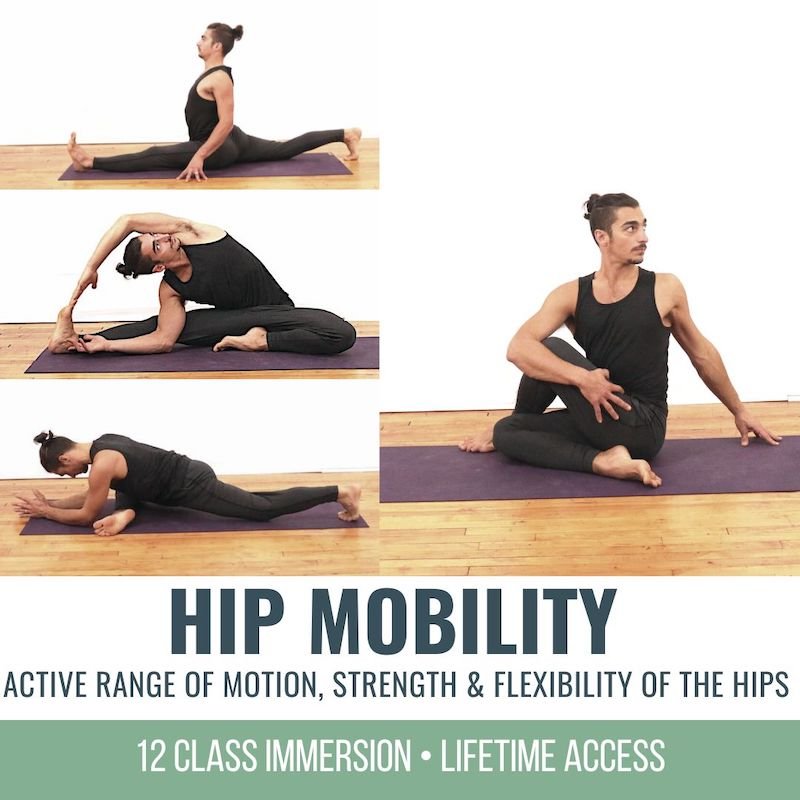


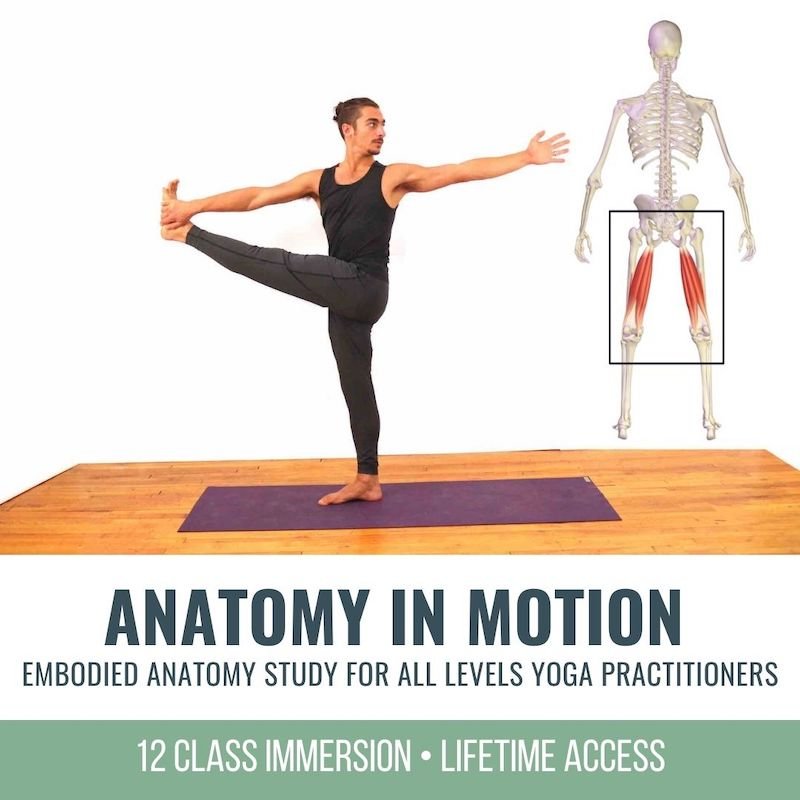
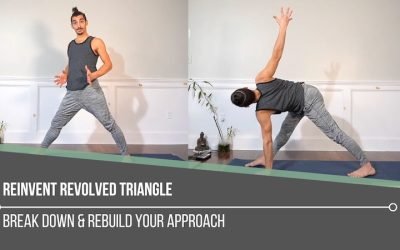
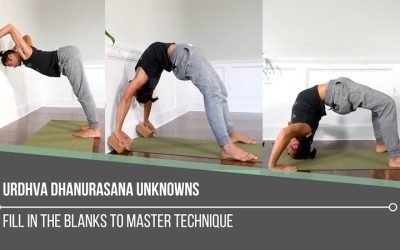
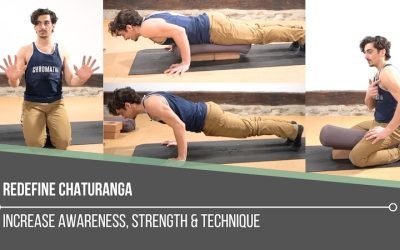
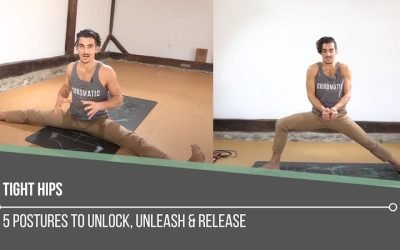
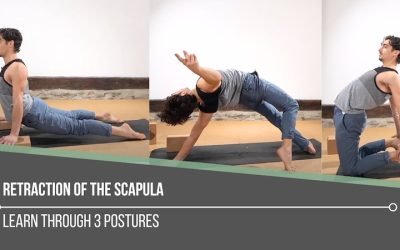
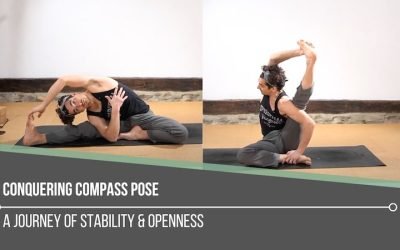


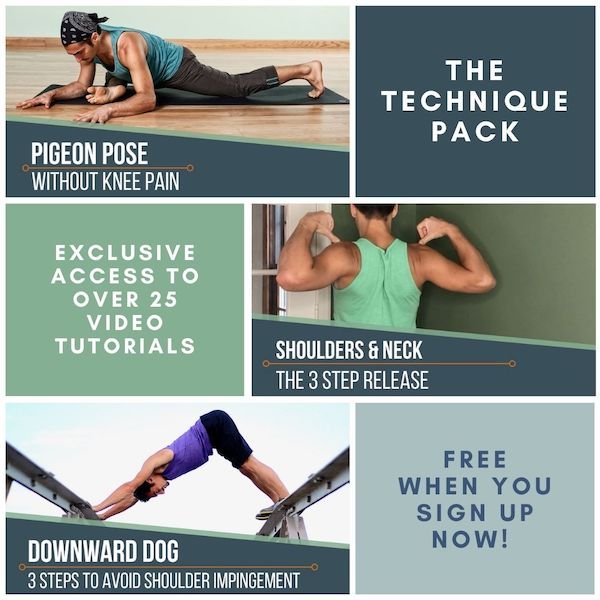
0 Comments